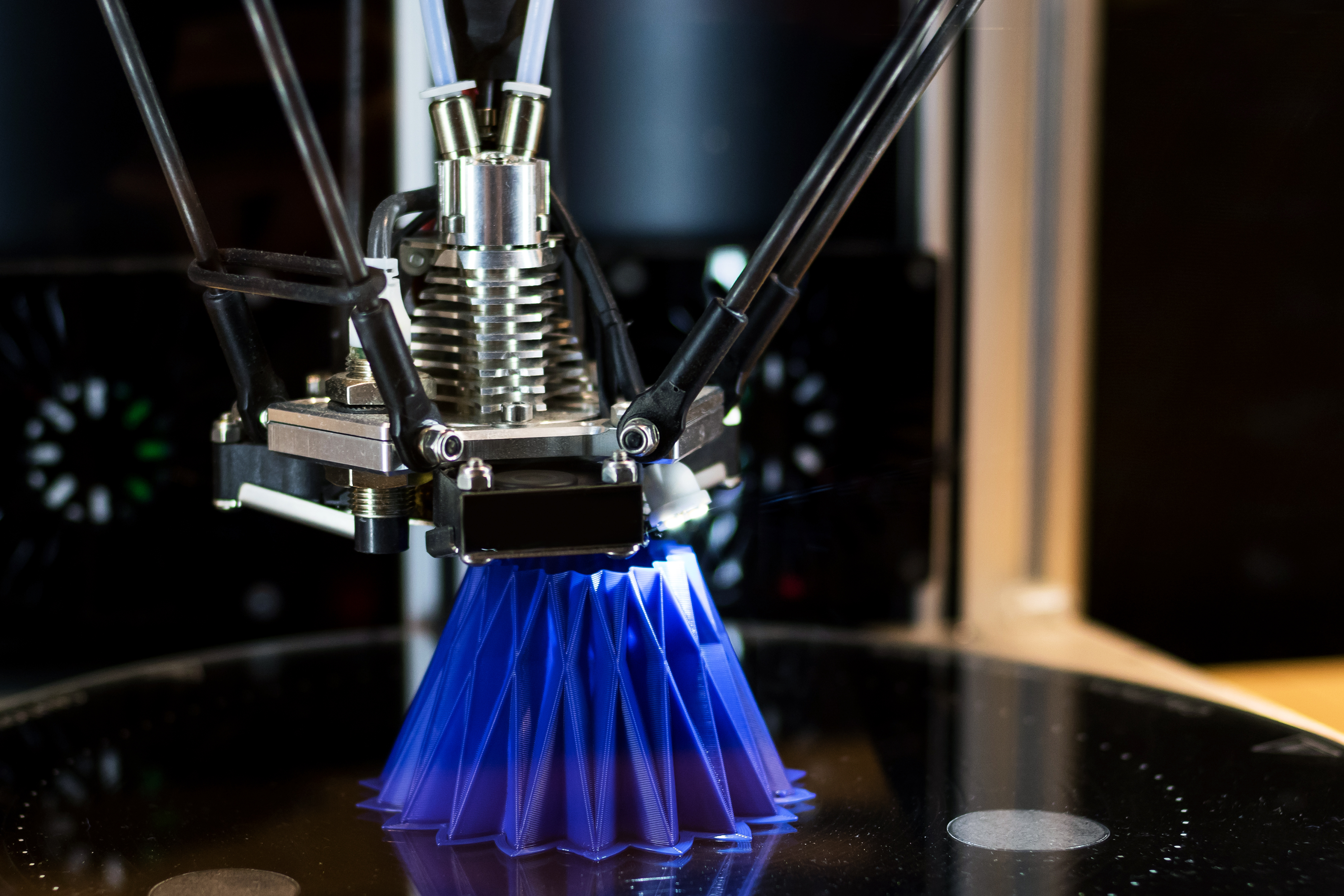Is 3D Printing the Next Big Thing in Semiconductors?
Published: 6.16.2023
3D printing, also known as additive manufacturing, has been transforming various industries by enabling the production of complex and customized objects. While it has gained significant traction in fields like prototyping and manufacturing, its potential in the semiconductor industry is starting to capture attention. This article explores the emerging trend of 3D printing in semiconductors and its potential implications for the future.
Traditional semiconductor manufacturing techniques involve multiple intricate steps, such as photolithography and etching, to create intricate circuit patterns on silicon wafers. In contrast, 3D printing offers unparalleled design flexibility. It enables the direct printing of three-dimensional structures, allowing for the creation of intricate geometries and customized designs that were previously challenging to achieve. This flexibility opens new possibilities for the development of innovative semiconductor devices.

Semiconductor devices often require the integration of various materials with different properties to perform different functions. 3D printing enables the simultaneous deposition of multiple materials, including conductive, insulating, and dielectric materials, in a single printing process. This capability allows for the seamless integration of different components and functionalities, reducing the need for complex assembly processes. As a result, 3D printing can simplify the manufacturing process, enhance device performance, and reduce costs.
One of the significant advantages of 3D printing is its ability to rapidly produce prototypes and iterate designs quickly. In the semiconductor industry, where design iterations and testing are critical, 3D printing offers a time and cost-effective solution. Engineers can rapidly print and test different designs, assess their performance, and make necessary modifications in a matter of hours or days instead of weeks or months. This accelerated development process can significantly speed up innovation and time-to-market for new semiconductor devices.As consumer demands become more diverse and personalized, the semiconductor industry is also exploring ways to cater to individual needs. 3D printing enables the production of customized and personalized semiconductor devices. For instance, wearable electronics, medical implants, and Internet of Things (IoT) sensors can be tailor-made to fit specific user requirements using 3D printing techniques. This customization potential not only enhances user experience but also opens up new market opportunities.
3D printing has the potential to revolutionize the semiconductor supply chain by enabling localized, small-scale production. Traditional semiconductor manufacturing processes require large-scale production facilities, which can be costly and challenging to establish. With 3D printing, manufacturers can produce semiconductor components on-demand and closer to the point of use. This localized production approach can enhance supply chain resilience, reduce transportation costs, and minimize inventory stockpiling.
Challenges and Future Outlook
While 3D printing holds great promise for the semiconductor industry, there are several challenges to overcome. Material Compatibility and Performance: Identifying materials compatible with 3D printing that meet the stringent performance requirements of semiconductor devices remains a challenge. Developing new materials with suitable electrical, thermal, and mechanical properties is crucial to unlock the full potential of 3D printing in semiconductors.
Scaling up 3D printing processes to mass production levels while maintaining consistent device performance is a significant challenge. Ensuring the reliability, repeatability, and quality control of printed semiconductor devices is essential for widespread adoption.
Although 3D printing offers design flexibility and customization benefits, the cost per unit can still be relatively high compared to traditional manufacturing processes. As the technology advances and economies of scale come into play, the cost-effectiveness of 3D.


.png)


